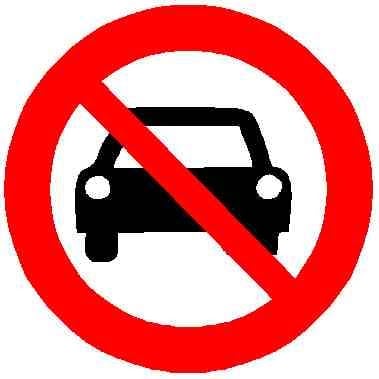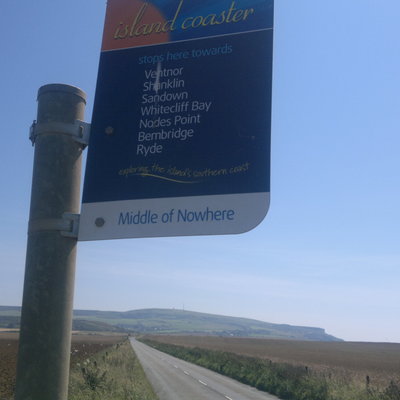The trouble is, if you set the speed limit below the 85% rule, more people are just going to speed anyway and there isn’t enough police enforcement in the world to stop it (nor would you want there to be).
The design of the street has to change, in order to make the speed that drivers naturally want to travel lower.
What’s funny is you could even keep the 85 percentile rule if you only changed the design of the street. If it’s designed to drive at 30 then 85% of drivers will go 30.
there isn’t enough police enforcement in the world to stop it
Speed cameras?
Do you want a panopticon that fascists could use to surveil and persecute their political enemies? 'Cause that’s how you get one.
Then you have people who briefly slow down for the camera, then speed back up.
@grue @Davriellelouna which is great if roads only exist for motorists (in England, they’re also there for pedestrians, horse riders, cyclists, and I assume driving (of animals) is still allowed)
I don’t understand what point you’re trying to make. If they take a wide, straight road that people are comfortably doing 50 mph on and then lower the speed limit to 25 mph to make it “safe” for pedestrians, horse riders, cyclists, etc., people are just going to keep doing 50 mph anyway and mow down those vulnerable road users.
Changing the speed limit, by itself, does fuck-all to make the road more accommodating for non-car users. The road has to actually be made scarier or less comfortable for drivers via things like narrowed lanes, chicanes, speed tables, etc. in order to actually get drivers to slow down to the point where other road users are actually safe.
If the road is narrow and visibly winding with lots of trees close by, you bet those cars would slow down just to not wreck themselves. All while everyone else can use the road as normal.
@Davriellelouna the 85% rule is still big in England unfortunately. Also, trying to get the Police to agree to enforce reduced speed limits is difficult, and the Government resists attempts by local Councils to take pn responsibility for speed limit enforcement (presumably because they would actually be successful)


